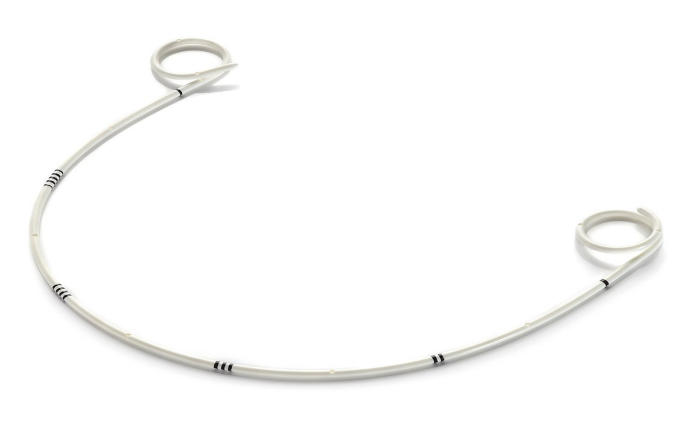We'd Love to Hear From You
Curious about product features, price quote, registration, delivery time, etc? We're ready to answer any and all questions within one business day.
Urine is typically transported from the kidneys to the bladder via a network of long, narrow tubes known as ureters, with each kidney connected to one ureter.
A ureter can become blocked for a variety of reasons, such as kidney stones, tumors, thrombus, post-surgical swelling, or disease.
Ureteral stent is a procedure that involves temporarily inserting a flexible, thin, plastic tube into the ureter to aid urine to drain from the kidney and into the bladder in the event of a blockage.
Therefore, if you ever need to go for ureteral stenting, the use of ureteral stent sets is highly recommended. Ensure it is gotten from a reputable manufacturer.
Urine is transported from the kidneys to the urinary bladder by the ureters. In exceptional situations, both ureters may become obstructed.
A ureteral stent is inserted into the ureter to restore urine flow to the bladder. In patients with confirmed kidney infections or diseased bladders, ureteral stents can also be used.
Alternatively, ureteral stents can be used after or during urinary tract surgical treatments to create a mold around which healing can occur, and to divert urinary flow from areas of leakage.
It can also be used to control kidney stones or avert stone migration just before treatment, and to make the ureters more visible during complicated surgical procedures.
Depending on the circumstances, the stent may be left in place for a short period or for an extended time.

A cystoscope will be inserted via the urethra and then into the bladder to visualize the opening to the ureter.
Following that, a thin wire is guided through a cystoscope, up the ureter, then into the kidney. The stent is threaded through the wire.
A fluoroscope, which is similar to an x-ray machine, could be used to place the stent. After that, the cystoscope and wire are removed.
When it comes to the removal of the stent, a relatively similar procedure is followed.
A cystoscope is introduced via the urethra and then into the bladder, and thus the stent would be grasped and removed using a small instrument.
This procedure will be performed while you are awake but will only necessitate a local anesthetic.
Instructions following the procedure
It is normal to experience some discomfort while wearing a stent. Certain movements may cause discomfort or a need to urinate.
You may also feel some pressure or discomfort during or before urination. When the stent is removed, these symptoms usually go away.
Medication for bladder spasms, infection, and/or pain may be prescribed. Drink lots of water to help flush out your urinary tract.
Blood in the urine does seem to be normal and is caused by stent irritation. It may occur intermittently while you still have the stent.
A reputable supplier is recommended when looking for high-quality ureteral stent sets. Please contact us for the best product.